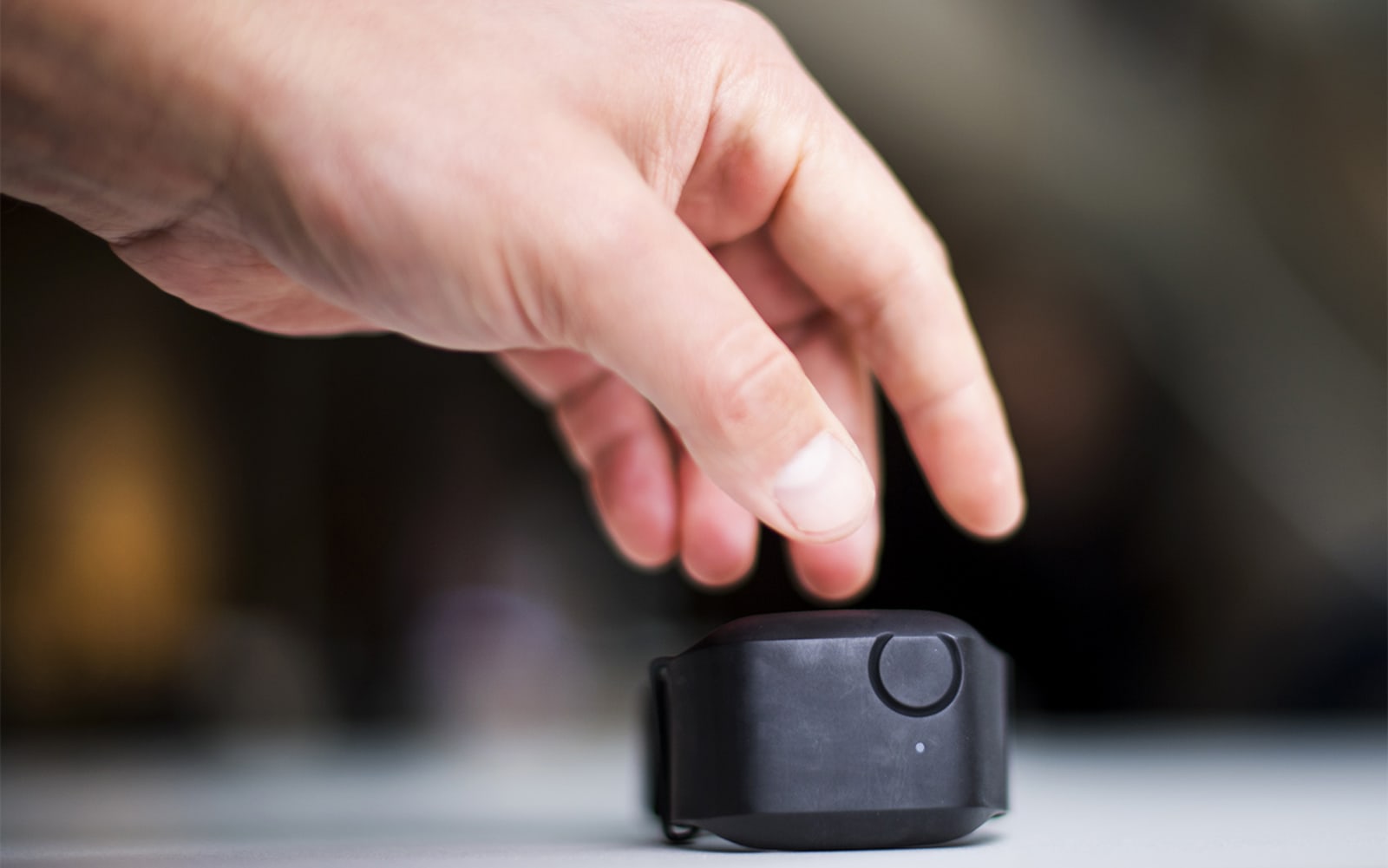
We were excited and honored when the administration at Northeastern University asked us to help judge its RISE:2013 Research, Innovation and Scholarship Expo. The event, held at the physical education center on the school's Boston campus, brings together an incredibly diverse array of research projects covering a impressive number of fields, including physical and life sciences, engineering, humanities, arts & design, computer and information sciences, health sciences, law, business and social sciences.
As you might imagine, scoring works across such a diverse array of concentrations is no easy task. We did, however, manage to pull out a handful of projects that will no doubt be of particular interest to our own readership. The list includes the use of a Kinect camera and PC for physical rehabilitation, the 3D printing of embedded electrical technologies, a Lego set that helps bridge the gap between crustacean and robot and a device that employs an Arduino board and video games to help stroke victims recover motor skills. Check out a video of all of the above just after the break.
Filed under: Cameras, Misc, Robots, Science, Internet, Software
Comments
 Researchers are hoping a new wearable wristband will help predict aggressive outbursts in people with autism. The device monitors heart rate, sweat production, skin surface temperature and arm movements. It can predict outbursts 60 seconds ahead of t...
Researchers are hoping a new wearable wristband will help predict aggressive outbursts in people with autism. The device monitors heart rate, sweat production, skin surface temperature and arm movements. It can predict outbursts 60 seconds ahead of t...
 Researchers are hoping a new wearable wristband will help predict aggressive outbursts in people with autism. The device monitors heart rate, sweat production, skin surface temperature and arm movements. It can predict outbursts 60 seconds ahead of t...
Researchers are hoping a new wearable wristband will help predict aggressive outbursts in people with autism. The device monitors heart rate, sweat production, skin surface temperature and arm movements. It can predict outbursts 60 seconds ahead of t...

































